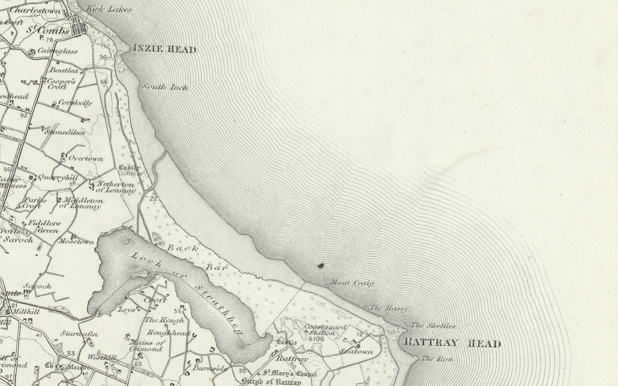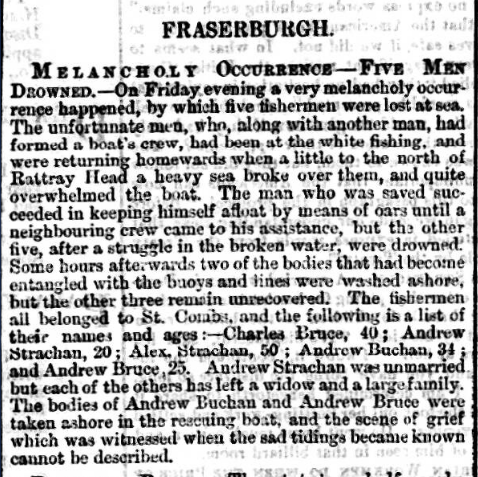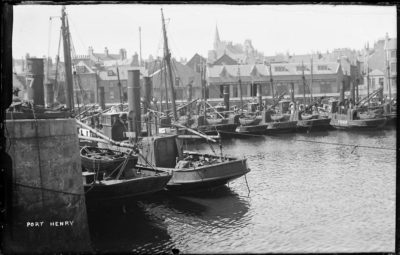Continued from previous post Five Men Drowned
Two of the bodies were also picked up by the boat, but both were quite dead.
Dundee Courier, 12 February 1872, p2, c6
The Two Recovered
Of the five men who drowned when their boat was overturned near Rattray Head on 9 February 1872, only two were recovered. The bodies of Andrew Buchan (34) and Andrew Bruce (24) were taken ashore in the boat that rescued James Buchan, the sole survivor.
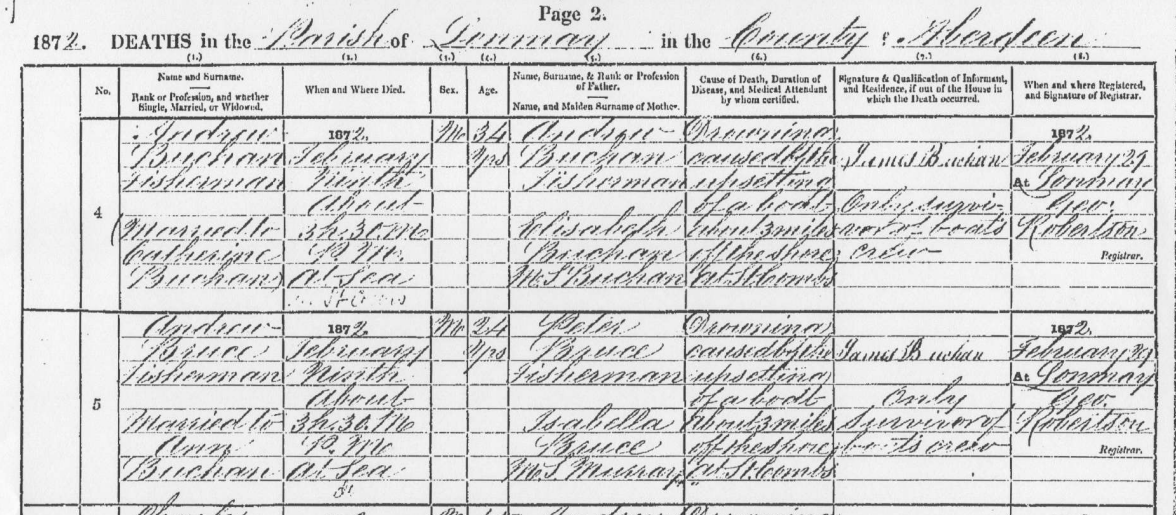
Andrew Buchan
Andrew Buchan was the son of fisherman Andrew Buchan and his wife Elizabeth Buchan. He was the eldest of eight siblings, all born and bred at St Combs.
Andrew married Catherine Buchan on 7 November 1861.
In 1871, Andrew and Catherine were recorded at 54½ Mid Row, St Combs with their four young children, Mary, Elspet, Andrew, and James.
After Andrew’s tragic death, his widow Catherine was recorded in the 1881 census still at 54½ with their sons, Andrew and James, now 13 and 11. She appears to have at least had some support from Andrew’s parents who were ‘next door’ in number 54 (54 and 54½ appear to be attached).
Eldest daughter Mary married James McLean in 1886 and Catherine was recorded in their Peterhead home on the 1891 census. Catherine appears not to have remarried.
Daughter Elspet (15) appears to be working as a servant for Peter Bruce in 1881. She later married fisherman William Shand in 1886 and lived in Peterhead.
Son James broke with family tradition and became a baker in Govan, Lanarkshire, marrying Willamina McDonald in 1893.
It is unclear what became of Andrew – due to his common name, tracing him reliably (and cheaply) was not possible. Any information would be welcome.
Andrew Bruce
Andrew Bruce was the son of fisherman Peter Bruce and his wife, Isabella Murray. He grew up with at least six other siblings in St Combs.
Andrew married Ann Buchan, daughter of fisherman John Buchan and Elizabeth Cow in 7 April 1870. Their first child, Peter, was born only five months later. He was born at Peterhead, which may have been the home of a relative. Andrew stated that he was present at the birth when registering it a few days later.
In 1871, Andrew, Ann, and 6-month-old Peter were recorded in the census at 81 East Row – the home of his father. Nine people were in the house that night (2 April).

Less than a year later, Andrew was drowned. At the time, his wife Ann was a few months pregnant with their second child. Their daughter was born in July (at 96 St Combs) and was named Andrew Ann in honour of her father.
Ann never remarried. In the 1881 census, she was recorded with her son Peter, and her widowed father, John Buchan at 96 St Combs. Ann was described as a grocer. In 1891, she and her father were still at Number 96 but Ann was now recorded as a ‘merchant (Bread-seller). This time, 18-year-old daughter, ‘Andrewina’ was with them.
Son Peter had broken with family tradition and become a joiner. He had moved to Lanarkshire by 1891 and married Margaret Anderson the next year, staying there until his death in 1924.
Ann died at 96 St Combs in 1895, aged 45, of “Influenza Bronchitis”. Two years later, daughter Andrew married fisherman William Strachan and lived in St Combs until her death in 1954.
Next post: Five Men Drowned – Three Buried At Sea
